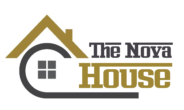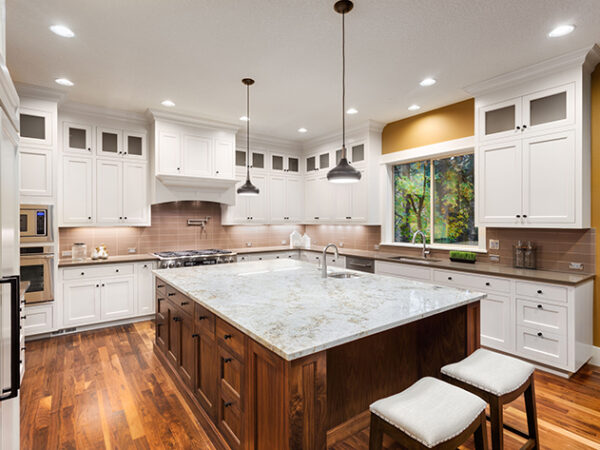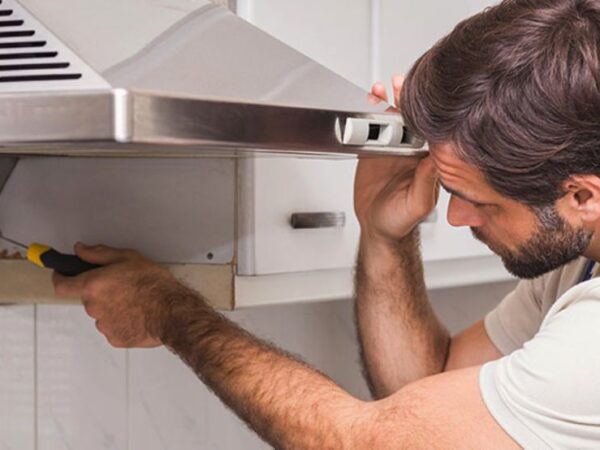Installing a fence on your property is a significant investment that can enhance security, privacy, and aesthetic appeal. However, it’s essential to carefully plan and consider various factors before proceeding with the installation.
Here are five key points to keep in mind to ensure your fencing project is successful and meets your needs.
1. Determine Your Purpose
The first step in planning your fence installation is to clearly define its purpose. Your primary goal will influence the type of fence you choose. For example, if the beautification of your outdoor property is your main priority then pvc fence offers greater variety and customization options.
If security is your priority, you might opt for a taller, more robust material like wrought iron or chain-link with added features like spikes or a security gate. Understanding your primary objective will help you select a fence that effectively meets your needs.
2. Check Local Regulations and HOA Rules
Before installing a fence, it’s crucial to familiarize yourself with local regulations and any homeowner association (HOA) rules that apply to your property.
Different municipalities have specific codes regarding fence height, materials, and placement. Additionally, if you live in a community with an HOA, there may be additional guidelines and approval processes to follow. Therefore, make sure you are complying with these regulations.
3. Choose the Right Material
The material you choose for your fence will significantly impact its durability, maintenance requirements, and overall appearance.
Common fencing materials include wood, vinyl, metal, and composite. You can explore these materials and evaluate their pros and cons to find the right option for yourself. Consider your budget, maintenance preferences, and aesthetic goals when selecting the right material for your fence.
4. Consider the Climate
Your local climate can have a significant impact on the longevity and performance of your fence. Different materials respond differently to weather conditions such as extreme heat, cold, humidity, and precipitation. For instance, wood fences may warp or rot in humid or rainy climates, while metal fences might rust in areas with high moisture levels.
In regions with harsh winters, frost heave can cause fence posts to shift or lift out of the ground. Choosing a material that can withstand your area’s climate conditions is crucial for ensuring your fence’s longevity and minimizing maintenance needs. Consulting with a local fencing expert can provide valuable insights into the best materials for your specific environment.
5. Plan for Maintenance
All fences require some level of maintenance to keep them looking good and functioning properly. Understanding the maintenance requirements of your chosen fence material will help you plan for ongoing care and upkeep. Fencing System Installation services provided by professionals can give you a greater advantage. These services not only ensure proper installation but also offer after-sale services.
Proper maintenance by professionals not only extends the life of your fence but also ensures it continues to enhance your property’s appearance and value. Therefore, always prioritize professional services when it comes to fence installation and maintenance.





